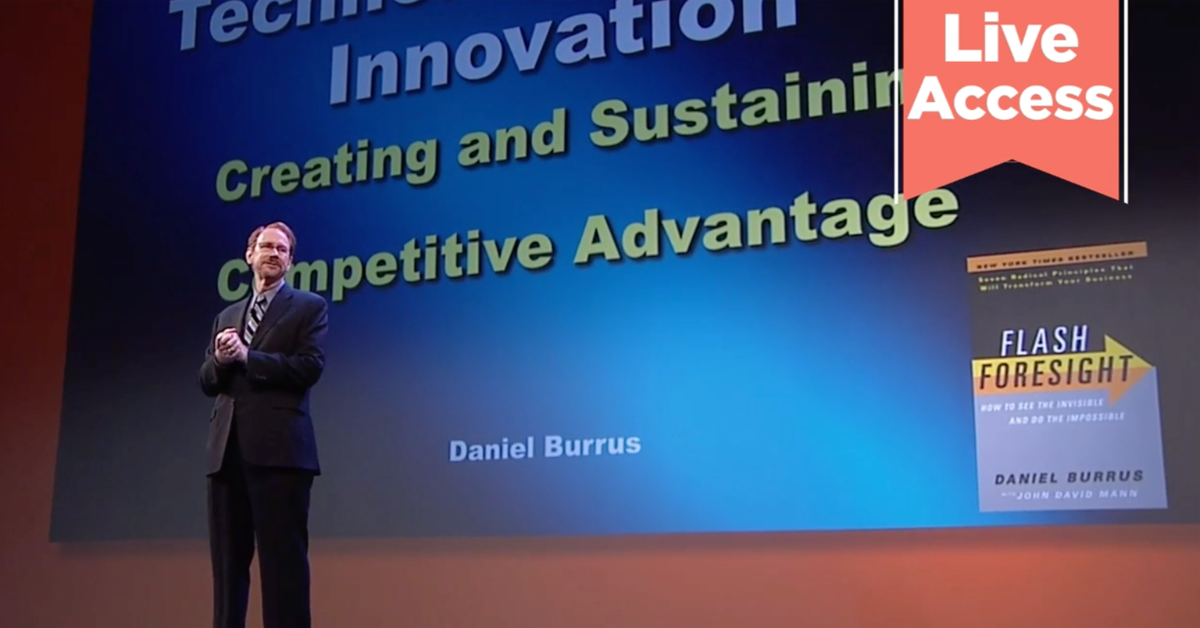Several of us likely remember the Bitcoin boom around the end of 2017, when thousands of individuals bought Bitcoin, seeing the value of their dollar skyrocket for a brief period. This sent the banking industry into a tailspin, desperately trying to understand this new concept of a digital currency system, and areas of the government even began to prepare a way to legislate this unfamiliar system. The fact of the matter is that many people did not fully understand the mechanics behind Bitcoin. they may have listened to a friend of a friend who told them to buy Bitcoin, almost as if it was a fast-rising stock, in hopes that it would make them wealthy overnight. If you asked those same individuals to explain what blockchain technology is, they would meet your gaze with a blank stare.
Blockchain: A Whole New Financial Frontier
For those interested in digital disruption and technological advancements, Bitcoin represented so much more than a way to allegedly make money fast like some type of digital wolf of Wall Street. Bitcoin was the first widely accepted, mainstream iteration of decentralized and completely secure financial ledger systems, without the need for a middleman.
The real reason the banking industry and even our government panicked in the wake of Bitcoin taking off so suddenly was not entirely a knee-jerk reaction to the possibility that decentralized currency can facilitate off-the-books bad behavior; rather, it was that the software behind Bitcoin could scale so rapidly that several industries and careers would be turned on their heads.
Blockchain is the software behind digital currency like Bitcoin. How it functions is rather simple: It is a giant ledger system that facilitates peer-to-peer execution of a transaction without the need for a third party to be involved, and once said transaction is executed, it is fully traceable and secure. You cannot modify the transaction; it is set in stone.
You can see how this poses a concern for companies that function as a middleman, so to speak. From title companies and notaries in the real estate industry to high-powered lawyers who execute contracts, blockchain technology and its fully transparent peer-to-peer ledger system effectively renders some of those services useless, putting them out of business.
So in regard to the banking industry: As Bitcoin is rooted in decentralized finance, how do banks stay in the game as blockchain technology becomes more widely adapted?
Anticipation Is Key for Survival
Implementing my Anticipatory Organization® Model is crucial for banks and the several other industries that will be disrupted by blockchain technology to get ahead of this wave before they find themselves submerged beneath it.
Recognizing what I call Hard Trends, or future certainties that will happen, and understanding the difference between those and Soft Trends, or future maybes that are open to influence, is where anticipation begins.
An example of a Hard Trend that is shaping the world, both inside and outside of the banking and financial industry, is the growth of the low-latency digital connectivity of 5G. The speed afforded to us by 5G is astounding, making advancements like edge computing and machine learning even more efficient than ever before, which appears as a threat to some in certain careers.
Identifying that connection speeds will only continue to increase as a linear change is a huge step in finding ways to pre-solve predictable problems that come with such a disruption. So in banking, the most identifiable Hard Trend in blockchain technology is people’s response to buying Bitcoin. The concept of decentralized currency will only continue to grow, so organizations must start to adapt.
Moving Beyond Crisis Management
We are all good at reacting and responding, putting out fires, and managing crises. Banks and the financial industry viewed Bitcoin as a crisis that needed managing and nothing more. This couldn’t be more wrong!
To thrive in this new age of hyper-change and growing uncertainty, it is now imperative to learn how to accurately anticipate the future instead of merely engage in crisis management. When your focus is on agility and reactionary responses, you will always be behind the curve.
Anticipation sets you ahead of the curve by using Hard Trends to your advantage. If the Hard Trend in banking is decentralized currency, you adapt that concept and the technology behind it to better serve your customers and become a positive disruptor within the industry before it disrupts you.
Employees of an Anticipatory Organization understand that those who can see the future most accurately will have the biggest advantage. They know that you cannot change the past, but you can shape the future based on the actions you take in the present. As such, they actively embrace the fact that many future disruptions, problems, and game-changing opportunities are predictable and represent unprecedented ways to gain advantage.
Never Say Never
Every year, I witness businesses and individuals say “That’ll never happen” or “Customers prefer to do things this way.”
A cliche that has withstood the test of time is the phrase “Never say never,” and it remains true because of exponential digital transformation in our world. Without a doubt, if you asked a bank teller in 1975 if they thought their job was in jeopardy because we would eventually see virtual teller systems that implement artificial intelligence (AI), they would chuckle at your vivid imagination.
And yet, here we are. Several banks have implemented virtual teller systems, commonly rooted in their desire to operate in a lean and agile way to save money, just in case blockchain technology goes speeding by them like a bullet train, taking up residence in the industry and disrupting even the biggest players in the game.
Much like that teller laughing about the concept of AI doing their job, many banking executives wrongfully use a cryptocurrency like Bitcoin as their frame of reference for understanding what blockchain is or is capable of doing to their industry. Trust me when I say it will be far more disruptive than Bitcoin ever had the chance to be.
To succeed in business these days, whether you’re in banking or manufacturing, simply being lean and agile and executing well is no longer enough. You and your team need to harness the ability to anticipate the future. In fact, I see this as being the most important missing competency that we’ve seen for decades!
How much time do you spend trying to keep up, putting out fires, managing crises, and reacting to change? Learning to be anticipatory can change that and provide you with a new way to actively shape your future.







Comments